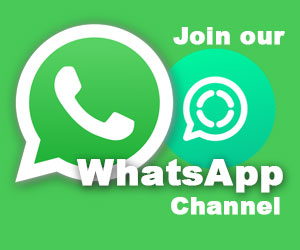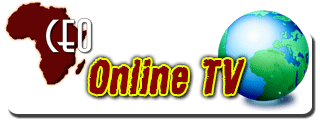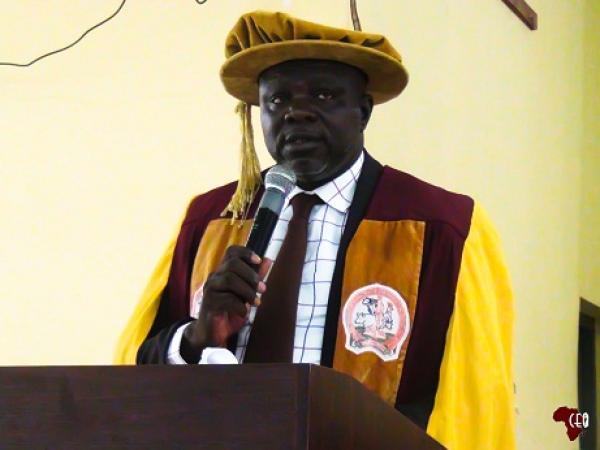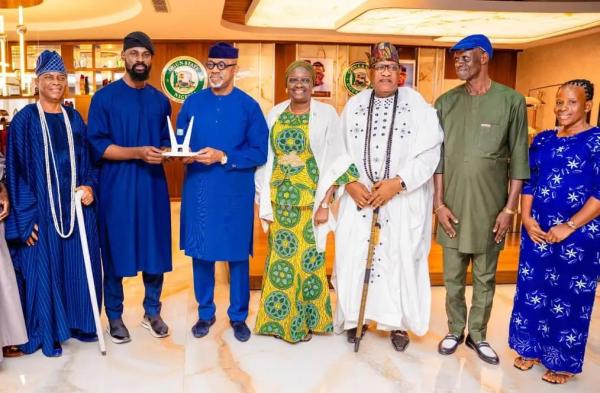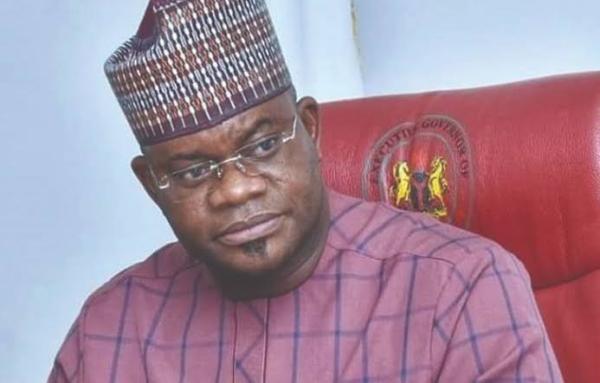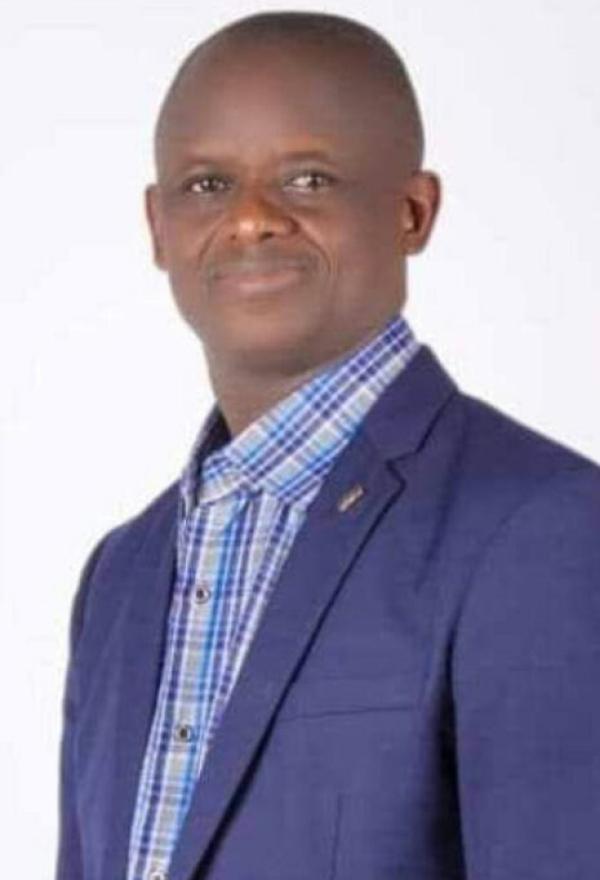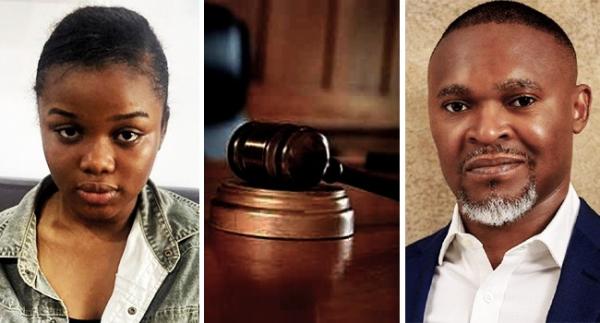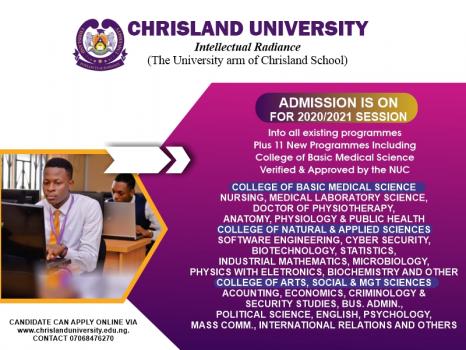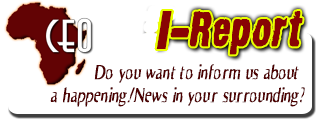
The first impression you make on a potential employer is the most important one. The first judgment an interviewer makes is going to be based on how you look and what you are wearing. That's why it's always important to dress professionally for a job interview, even if the work environment is casual.
What's the appropriate dress code for an interview? You'll want that first impression to be not just a good one, but, a great one. The candidate dressed in a suit and tie is going to make a much better impression than the candidate dressed in scruffy jeans and a t-shirt.
Consider these key aspects when dressing for a job interview:
STYLE
Style is synonymous with the appropriate. Often job candidates are unclear about what is appropriate interview clothing. The style of the candidates' clothing choice speaks loudly about their capability to correctly assess the job requirements. Formal business wear is usually appropriate for a job interview.
For women a business suit or matched skirt and jacket. Most workplaces also consider a pantsuit or matched pants and blazer as appropriate formal business attire. Complete the outfit with closed-toe shoes, a smart blouse, understated jewelry and make-up.
For men a formal business environment generally means a suit, shirt and tie. A suit with matching coat and pants is the standard professional look. The style should be single-breasted and traditional. Designer suits that are highly fitted are generally inappropriate for a formal interview situation. Suits should be plain with no fancy buttons, stitching, or special trim.
If you know that the company you are interviewing for has a more casual dress code then go for a smart but less formal look. For women this means well tailored pants and a blouse, a smart dress or a well coordinated skirt and blouse. Tailored knit sweaters and sweater sets are appropriate business casual choices for women. Denims, T-shirts or baggy clothing are inappropriate interview wear. For men, dressing for a job interview in a less formal environment means tailored slacks with a long-sleeved shirt.
Appropriate style means avoiding a lot of logos and accessories. Rather select well made clothes that are free from obvious logos or designer labels. This gives a professional rather than a trendy and frivolous look. Remember clothes do not have to be expensive to look good.
COLOUR
Dressing for a job interview in the most appropriate manner means paying close attention to the colors you select. Color plays a key role in projecting a professional image. Neutral colors can be relied on to convey a competent and capable image. Neutral colors include navy blue, gray, camel, cream, white, beige and black. These colors look both professional and keep the focus of the interview on you and what you are saying.
For women a more personal touch can be included by using appropriate feminine colors like ice blue, lilac, a dusty or soft pink and a soft green as part of the mix. This can be in the form of a blouse or a scarf. Loud colors such as hot pink or bright red prove distracting in an interview. Shoes should be tasteful and not the first thing the interviewer notices about you.
For men the best suit colors are solid navy, beige or gray. Subtle pinstripes or plaid may also be acceptable. Men can include a pastel colored shirt to lift the neutral color of their suit or pants or add a distinctive tie. Shirt colors should always be lighter than the tie. Busy prints and loud colors are overwhelming and look unprofessional. Men's shoes should either be black or dark brown leather. Socks should be the same color as the suit and long enough so that your legs don't show when you sit.
FIT
Fit is all important when selecting the most appropriate clothes for your job interview. For women pants should be fitted but not tight. Skirts, especially straight styles such as pencil skirts, should be loose enough to sit down in comfortably. The skirt should also be an appropriate length, usually just above or below the knee, that you can sit without having to tug the hem down. Jackets and blouses should button up comfortably with no pulling or gaping. The shirt collar should fit the width of the jacket lapels and the sleeve cuffs should extend about a half inch below the jacket sleeve.
Men should wear a belt with a suit. Belts should be plain leather with traditional buckles, avoid big, heavy and fancy buckles. Avoid tight clothing when dressing for a job interview but also stay clear of baggy, ill-fitting clothing. This just looks sloppy.
Dressing for a job interview is key to your success. Your interview clothes send a powerful message to the interviewer about your professionalism and competence.









